While CHINA CRISIS scored four Top 20 hits during their Virgin Records imperial phase, the instrumentally strong Kirkby duo possessed a subtle atmospheric side.
On their B-sides, and usually the ones from singles that weren’t hits, there were some exquisite instrumentals like ‘Dockland’, ‘Watching Over Burning Fields’, ’96.8’ and ‘Little Italy’. These demonstrated Gary Daly and Eddie Lundon’s love of Brian Eno and his esoteric ambient work in particular, both solo and in collaboration with the likes of David Bowie and Harold Budd.
Meanwhile the more guitar-based ‘Performing Seals’ and ‘Forever I & I’ pointed towards Vini Reilly, best known as the man behind Factory Records act THE DURUTTI COLUMN. But as CHINA CRISIS developed and adopted more conventional colours, expanding to include Kevin Wilkinson (drums), Gazza Johnson (bass) and Brian McNeil (keyboards) in the line-up from ‘Flaunt The Imperfection’ onwards, their artier approach with regards instrumentals took a back seat.
The 2017 reissues of their first two albums ‘Difficult Shapes & Passive Rhythms, Some People Think It’s Fun To Entertain’ and ‘Working With Fire & Steel Steel – Possible Pop Songs Volume 2’
included previously unreleased instrumentals material like ‘Lowlands’, ‘Paula & Patricia’ and the self-explanatory ‘Jon & Van’, indicating that there was possibly even more stashed away in the vaults.
Most of these notable instrumentals were the work of Gary Daly, the CHINA CRISIS synth man and lead vocalist. And now, he has released a solo collection of 23 such tracks entitled ‘Luna Landings’ in a nod to Eno’s own ‘Apollo: Atmospheres & Soundtracks’. Comprising of archive recordings made between 1981 to 1987, it is a beautiful work that is a worthy addition to the tradition. These tracks had all been composed with CHINA CRISIS in mind, so are very much part of the band’s history, albeit only revealed decades later.
So in a new interview with Gary Daly, it made sense to discuss the creative dynamic within CHINA CRISIS, as well as their earlier synthfluences like JAPAN, YELLOW MAGIC ORCHESTRA, OMD and THE HUMAN LEAGUE…
You started off as being more of a bass player in CHINA CRISIS, so how did the drift into keyboards begin?
Believe it or not, Eddie’s mum, Katie, had a catalogue at the time circa 1980 / 81 which could be found in most working class homes. So basically you could order and pay on a weekly basis, all manner of goods, everything from clothing to children’s toys, gardening to electrical goods and wow! There it was… a Yamaha CS 10 monophonic keyboard and Katie very kindly ordered it for us.
So yeah, Eddie and myself would have delighted soooo much in being able to experiment with a synth… it did help that the CS 10 was monophonic, one key / note at a time… hahaaa! We had been listening to so much Eno / Bowie / early HUMAN LEAGUE that we knew and understood you could actually make and play bass notes / sounds on a synth. So it was never a matter of “being a bass player” and drifting into keys, Eddie and myself would have been fearless in exploring any and all instruments / machines. We’d read enough Eno song credits to realise experimentation was “the key”.
Can you remember the first electronic instrumental you liked or that made an impression?
TANGERINE DREAM and their 1975 album ‘Rubycon’, it was ‘Rubycon Part One’. A friend had this album back in the day, 1975 / 76. Everybody would loan each other’s albums, I very clearly remember Eddie lending me his copy of Bowie’s ‘Low’ album… nobody owned more than a few albums, never more then 15 / 20.
So sharing each other’s records was essential really. None of us had headphones and would improvise… most record players were sporting separate speakers so it was easy to set up a stereo headspace, on the floor, a speaker either side of your noggin. And boom! The stereo picture was complete!
Was there a particular moment when got you into more “ambient musics”?
Yes, that would be side two of Bowie’s ‘Low’ album, the mostly Instrumental side. That in turn led to me buying Eno’s ‘Before & After Science’
album, which led to me hearing Eno’s ‘Discreet Music’
album and that was a complete and utter revelation! I never knew music could be so “slow moving” and yet so completely engaging… the fact it had a diagram of how to set up a “tape loop” recording session was brilliant, it was exactly the kind of recording info I was wanting to see, read and learn from…
When you and Eddie decided to start making music together, did you start by creating instrumentals or were you songwriting from the off?
Always instrumentals, we only began writing words and singing over these little tunes because nobody else was going to do it for us… like we didn’t have a singer and we certainly didn’t consider ourselves as “singers”, but as much as we loved all our instrumental endeavours, it did feel the most natural thing in the world to start singing along… and when you are in your late teens, getting creative , there’s soooo much to sing about!
On ‘Difficult Shapes & Passive Rhythms’, you got quite into bass synth sequencing like on ‘Some People I Know To Lead Fantastic Lives’, what were you using to achieve this effect?
We mostly triggered from the Roland TR808 drum machine. We didn’t actually have a Sequencer, so we would trigger the arpeggiator on the Korg Poly 6. For bass synth sounds on ‘Difficult Shapes…’, we mostly used the Roland SH09 or the Yamaha CS10.
In hindsight, the first two singles ‘African & White’ and ‘Scream Down At Me’ are not really indicative of what CHINA CRISIS were to end up sounding like. Can you remember what your mindset may have been at the time as both tracks are very rhythmic?
TALKING HEADS… Eno’s work on their ‘Fear Of Music’ and then ‘Remain In Light’. Also people like A CERTAIN RATIO with their single ‘Shack Up’, ABC with ‘Tears Are Not Enough’ and JAPAN with ‘Quiet Life’, especially JAPAN’s ‘Quiet Life’… hearing the two songs now, ‘Scream Down At Me’ and ‘Quiet Life’, you could easily make a great “Mash Up” with those two…
While you were getting into producing possible pop songs, these gentle instrumentals like ‘Jean Walks In Fresh Fields’ and ‘Watching Over Burning Fields’ started appearing, what had been the thinking behind these?
I had always been a fan of instrumental music, everyone from Mike Oldfield to ELP. Once I’d heard Bowie’s ‘Low’ and then Eno’s albums ‘Before & After Science’, ‘Another Green World’ and then his ‘Music For Films’. That was it! I just fell in love with making “soundscapes”, I think it helped shape and define our sound, our musical horizons became a whole lot broader and we could apply atmosphere and effects to all our musical endeavours…
Your first hit ‘Christian’ is effectively a type of ambient pop and combined your two interests, what was the song inspired by?
Eddie has reminded me, ‘Christian’ was originally called ‘WW1’; I’d seen images from the First World War, the devastation of trench warfare. I would have written some words relating to what I’d seen and once we had the music written and recorded, I would have spent some time listening repeatedly, over and over and sung along any and all of the words I’d been busy writing…
The actual ‘Christian’ of the title was the name of a little boy, who was friends with a nephew of mine… I’d never heard of anyone having that name. And when recording the track in Strawberry South, Dorking with Pete Walsh producing, we had nothing happening in the middle eight. Pete asked if we had any ideas and I would have just sang “Christian” at the point where the music changes and it worked beautifully.
Was it the Korg Poly6 that gave you the keys to exploring ambient textures more effectively?
I completely love the Korg Poly 6 and in fact, got to work with one again on my ‘Gone From Here’ album. It’s such a lovely , warm , easy to use keyboard… ADSR… ATTACK, DECAY, SUSTAIN, RELEASE … cut off frequency, portamento. It’s everything you could want for making great synth sounds and always with an echo / effects unit… always!
Was there ever an example of one of these ambient experiments morphing into a CHINA CRISIS song?
All the time, Eddie and myself worked separately and together. This always led to us being impressed and inspired by what the other was doing. If Eddie was busy playing guitar, then that meant I could get involved with his sound, messing with our effect units, especially our Roland Chorus Echo unit and sorting the actual recording, using the TEAC 144 and later the TASCAM 244.
Eddie would do likewise when I was busy on the synths, this helped with our recording experiences once in the studio. It was like we was in training for when there would be a lot of people involved in our records being made, like we was learning to “produce”.
‘Dockland’ is one of the tracks that many fans cite as being one of the best CHINA CRISIS instrumentals, it has this fabulous widescreen feel…
It’s completely Eno, deffo his ‘Music For Films’. It’s almost like you could include it on that album and I doubt very much anyone would bat an eye lid! *laughs*
Even when CHINA CRISIS had changed direction into a more band oriented sound on ‘Flaunt The Imperfection’, there were still tracks like ’96.8’ being released as B-sides, but around the time of ‘What Price Paradise?’, you’d stopped playing keyboards in the studio to concentrate on singing and the instrumentals appeared to take a back seat?
Yeah, I am deeply sad about my absence on the keys. I was still very much writing on the keyboards and would have added my parts. But the band had been evolving, as all artists do if they are lucky enough to be given the time to. CHINA CRISIS had changed, Eddie and myself involving Brian, Gaz and Kevin in the writing which was, in it’s own way, a great thing. But it did mean I suddenly got more involved in melodies and lyrics for song ideas that were no longer just Gary and Eddie musical ideas. Some great songs, absolutely, but the “instrumentals” took a back seat, unfortunately.
So what was the spark that had you going back to this archive of instrumental work for ‘Luna Landings’?
Oh, it was always my intention to compile and release these tracks, ever since way back in the day. I would have always thought they would make a great record… maybe not for everyone, but yeah, I love these tracks as much as anything I’ve done and I would have made them thinking people would get to hear them.
There are two pieces named after your trusty Jupiter 8, could these have turned into songs?
Yes, that’s deffo how it worked, some ideas developed into songs and some didn’t, some I would show and finish with Eddie and others I didn’t. I learnt very early on to do multiple versions of the same idea, this again was Eno inspired. His ‘Music For Films’ featured a track called ‘Sparrowfall 1 / 2 / 3’ which was three mixes of the same track, this I felt was a great way of developing a musical idea… keep changing… finding new approaches. It worked great and is still something I do to this day…
Are ‘Evángelos’ and ‘Yellow Magic’ tributes respectively to VANGELIS and YELLOW MAGIC ORCHESTRA?
Yes they are… YMO, when we first heard and saw these guys, they was off-the-scale cool and VANGELIS, his work on the ‘Blade Runner’ soundtrack is just so utterly beautiful, especially the version with some of the original dialogue… immense!
Was the ‘Luna Landings’ track ‘80’s Electro 2’ indicative of CHINA CRISIS’ uncertainty about whether to join in the Virgin finishing school of synth that was very much doing the business at the time with THE HUMAN LEAGUE, JAPAN, OMD and SMPLE MINDS?
Hahaaa oh, I don’t believe Eddie and myself ever thought we belonged to any “school” of music. We obviously were very very inspired by everyone’s work, especially early HUMAN LEAGUE / OMD… but always, we was very very singular minded and not really part of any “scene”, we just didn’t have the time or inclination… or dare I say it , the “right” look! *laughs*
There’s one called ‘Pipes Of Man Ray Times’, had this been originally part of a song suite like OMD had with ‘Joan Of Arc’?
This track was written and recorded the same week I did the ‘Black Man Ray’ demo, hence the title. This is a good example of ideas I would and wouldn’t have played to Eddie, ‘Black Man Ray’ / yes… ‘Pipes of the Man Ray Times ‘ / no… and for no other reason than I would have thought ‘Black Man Ray’, I was more pleased with the recording and could envision it becoming a CHINA CRISIS “song” which it wouldn’t have been at the time of recording the demo; ‘Black Man Ray’ would have been just another instrumental track…
CHINA CRISIS could come up with some witty if long titles like ‘King In A Catholic Style’ or ‘A Golden Handshake For Every Daughter’, did these often come after a track was composed or were they actually the inspiration?
Never the “inspiration”, the music and lyrics always came separately. All our early China songs came from little instrumentals, over which we would then sing lyric ideas, words we had collected, written in a pad, anything and everything…
There are some guitar based instrumentals which sound like cousins of ‘Forever I & I’ and recall THE DURUTTI COLUMN, how would you judge your own six string prowess?
Mostly awful… hahaaa! It’s a bit better now… but yeah, recording Eddie’s guitars gave me a bit of insight into how Vini Reilly was getting his sound. So when I had the chance to play and record some of my own guitar ideas, I was deffo inspired by Eddie’s guitar playing and Vini’s, especially his album ‘The Return of The Durutti Column’ which I played non-stop and still do.
‘Magnifique Lune’ does sound like it could have come off Brian Eno’s ‘Apollo: Atmospheres & Soundtracks’?
It’s very much another Eno inspired track… a simple refrain, repeated, added to and then returning to the original refrain. I think this was something I would have first noticed on Eno’s ‘Discreet Music’ album, a simple pattern on repeat and the challenge is to add something without taking away from the simplicity. It was all done on the wonderful Roland Jupiter 8…
‘Shopping For Excuses’ appears to be the beginning of a more Trans-Atlantic approach that is more indicative of where you headed on ‘Flaunt The Imperfection’, had this development evolved naturally?
The funny thing is, I was deffo in a ‘Betty Blue’ soundtrack frame of mind, when writing and recording this, I can’t listen to it without thinking of that film’s soundtrack which I actually loved and played so much, I thought I must have written it… hahaaa! It most certainly has a different feel about it, which I think mainly comes from the fact it’s one of the later recorded tracks, circa ’87.
You pay tribute to the late CHINA CRISIS drummer Kevin Wilkinson on ‘Swimming With Kevin’, what was he like to work with and have as a friend?
Well, he certainly was a great friend and anyone who found themselves lucky enough to be in his company, working or otherwise, I’m sure he would say the same… I always found Kevin to be so easy to work with, I never once thought I couldn’t show him any of my ideas. I always felt he was so much more than a drummer and this is not something I’ve overthought, it’s just something you feel… I suppose “chemistry” is the word and that’s the magical part. I always knew he could only improve whatever it was I was trying to do with a track.
The title comes from a day off we had on the CHINA CRISIS ‘Tragedy & Mystery’ tour in 1983; we had a hotel with a pool and decided to go swimming. I would have written and recorded this as part of the China’s ‘Fire & Steel’ sessions, around about the time of writing and recording ‘The Gates Of Door To Door’…
The fact that this material is recorded on Portastudios gives ‘Luna Landings’ a really earthy airy quality don’t you think, despite the vintage of the recordings?
The quality of the recordings is testament to the people what made those little tape recorders and the people behind “chrome cassettes”… I did make it my business to always record to the very highest standards. I did it all the best I could. It was completely thrilling, mostly all of the time I spent recording ideas. It was a really amazing time, learning and discovering and having fun…
There are a lot of tracks on ‘Luna Landings’, but do you have a favourite?
I do absolutely love some of them… ‘Luna Bop’ is so happy sounding and delightfully light and positive while ’80’s Electro 2’ never fails to make me smile.
‘Dummkopf’ is me thinking I’m Mick McNeill from SIMPLE MINDS circa ‘New Gold Dream’. The China’s supported SIMPLE MINDS on their ‘New Gold Dream’ tour and I was blown away by the band and the sound they made which I thought came a lot from Mick’s keys. The fact he was using the JP8 just inspired me loads, I would have come home off the tour and started to record and try and find out how Mick was creating such “atmospheric” sounds. I think anyone seeing them around this time and then hearing my ‘Dummkopf’ will know exactly what I was trying to do…
Do you think you will do another ambient instrumental album in the future?
Yes, but I’m very much of a mind to do a “piano pieces” album, I mostly compose on the piano now and have been for quite a number of years. Two of my fave ambient albums are Eno’s ‘Music for Airports’ and his collaboration with Harold Budd on the album ‘The Plateaux Of Mirror’
…
ELECTRICITYCLUB.CO.UK gives its grateful thanks to Gary Daly
His solo instrumental album ‘Luna Landings’ is released as a CD, available now from https://www.musicglue.com/gary-daly/products/luna-landings-cd
CHINA CRISIS 2020 UK + Ireland live dates include:
Leeds Brudenell Social Club (6th March), Dublin Opium (12th March), Listowel Mike the Pies (13th March), Castlebar Royal Theatre (14th March), Worthing The Factory Live (20th March)
https://www.facebook.com/chinacrisisofficial/
https://www.facebook.com/gary.daly.5
https://www.instagram.com/garydalymusic/
Text and Interview by Chi Ming Lai
22nd February 2020

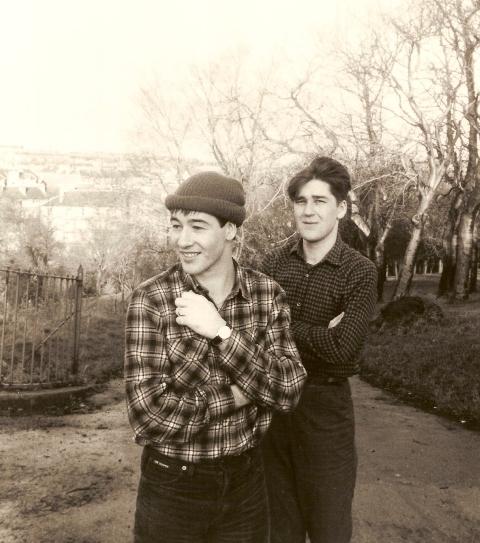
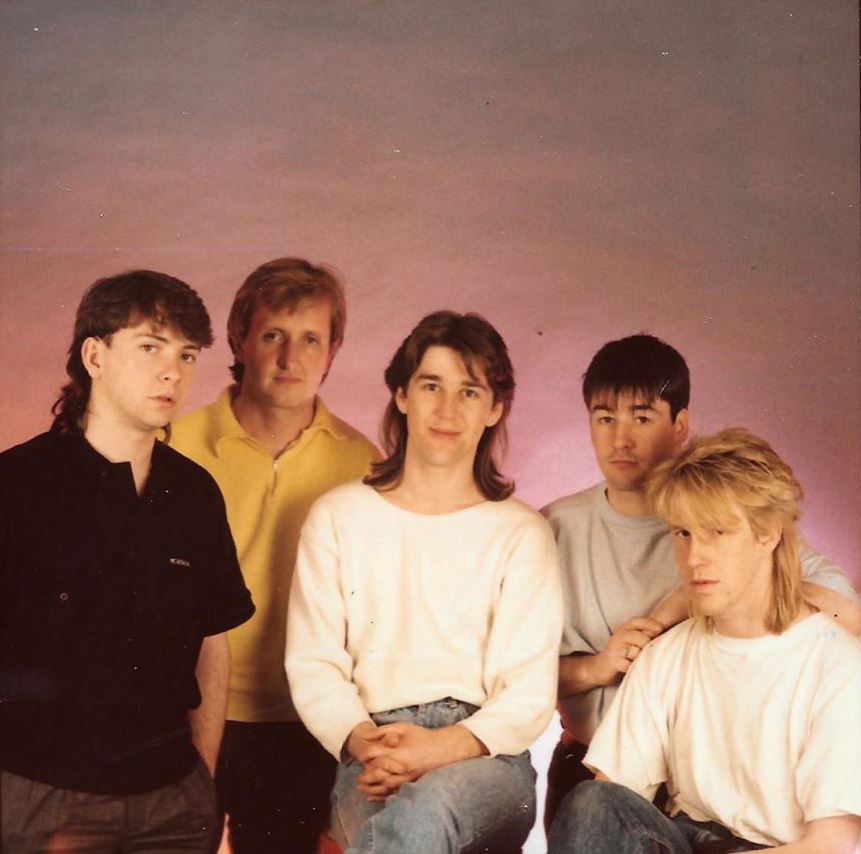
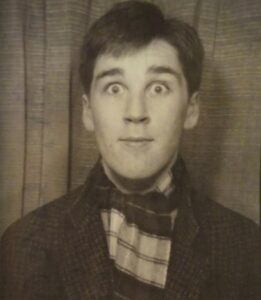
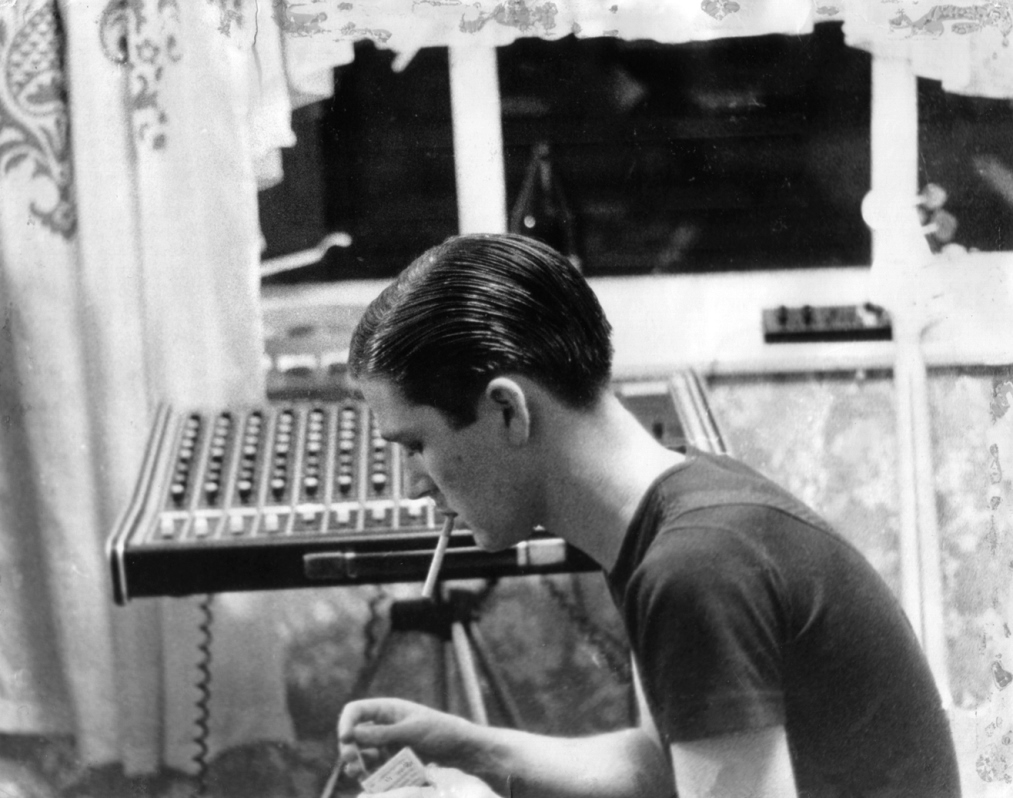
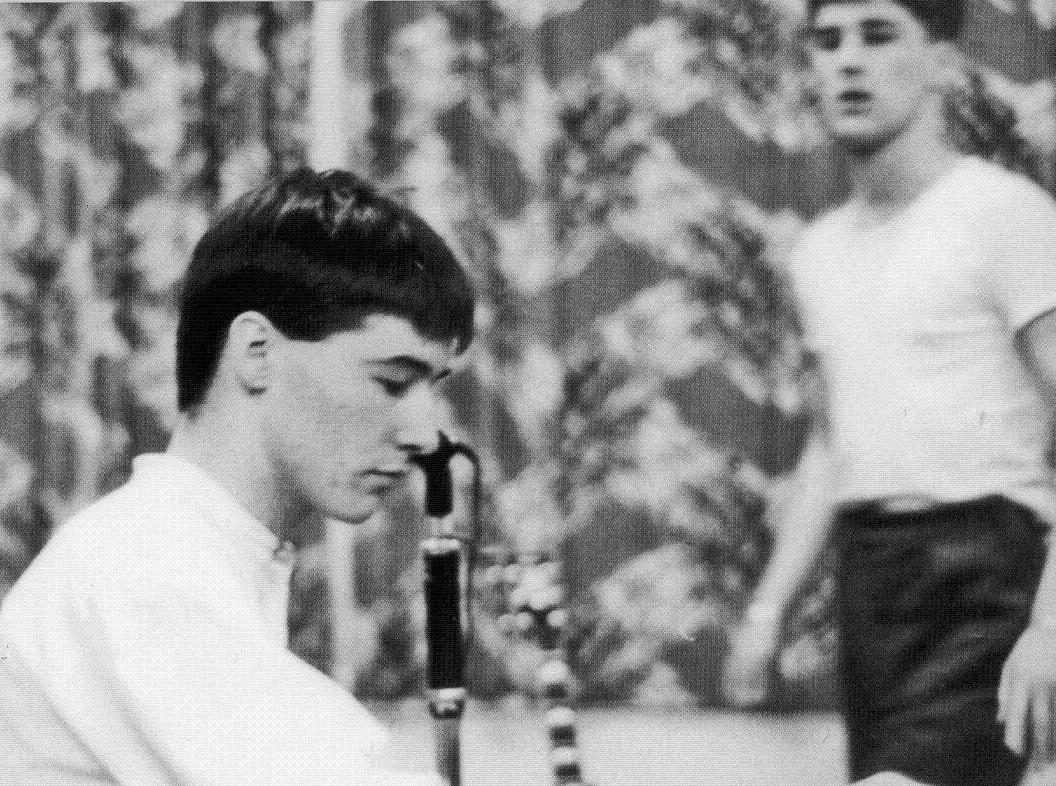
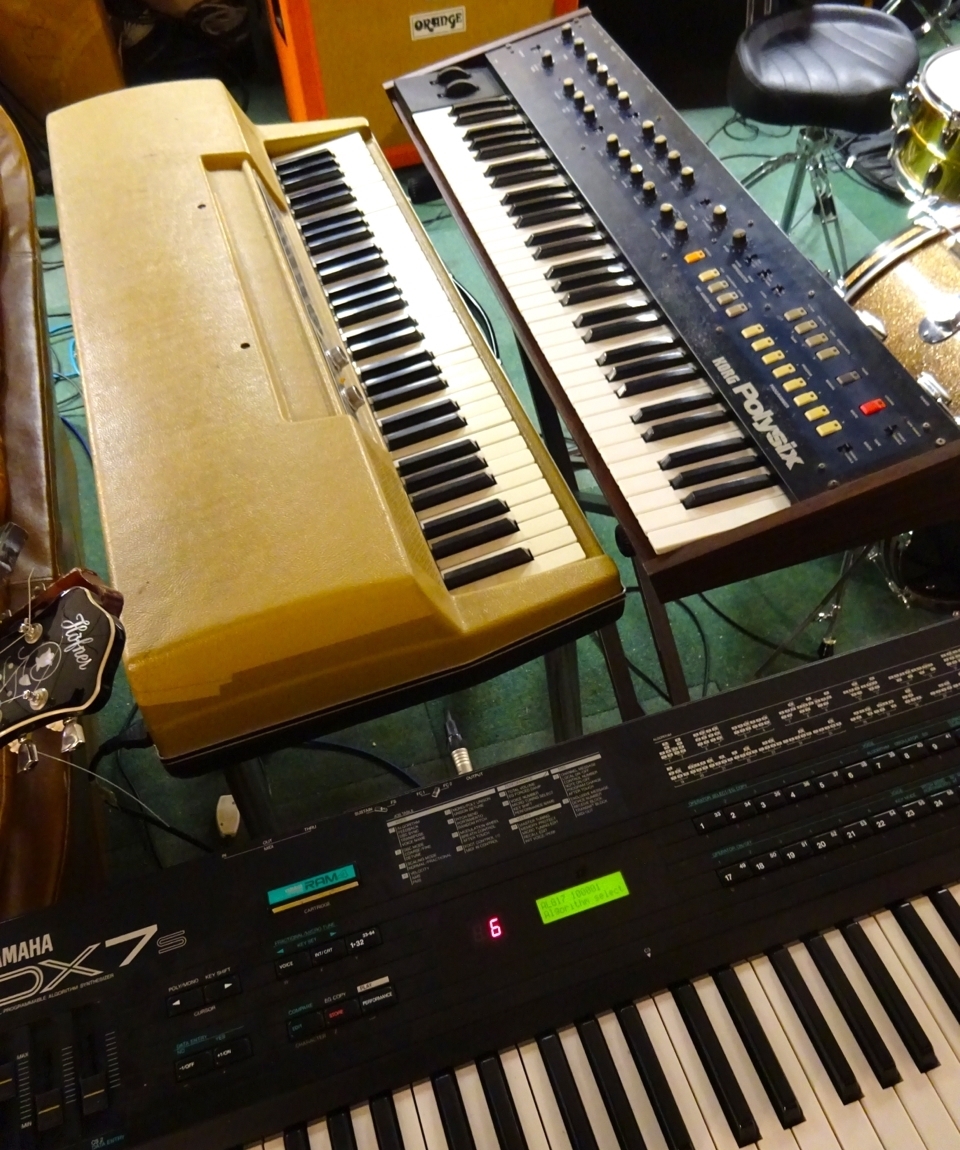
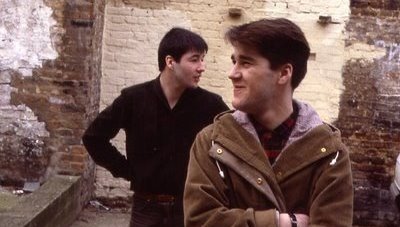
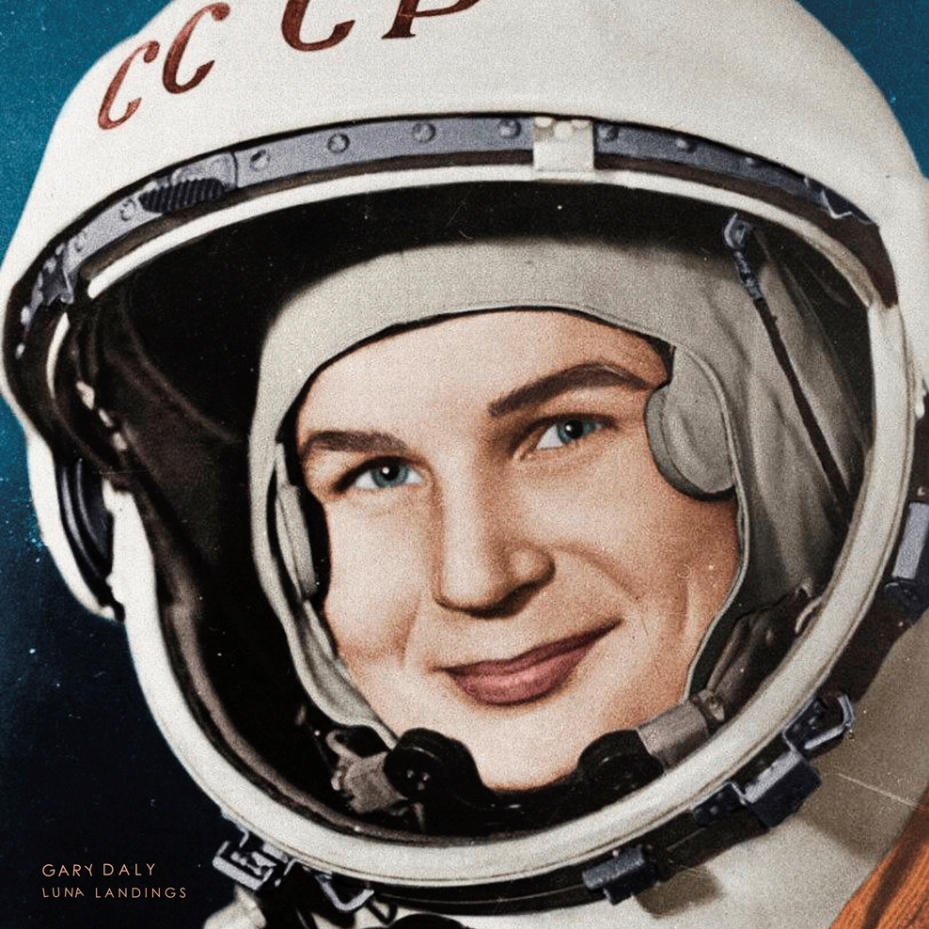

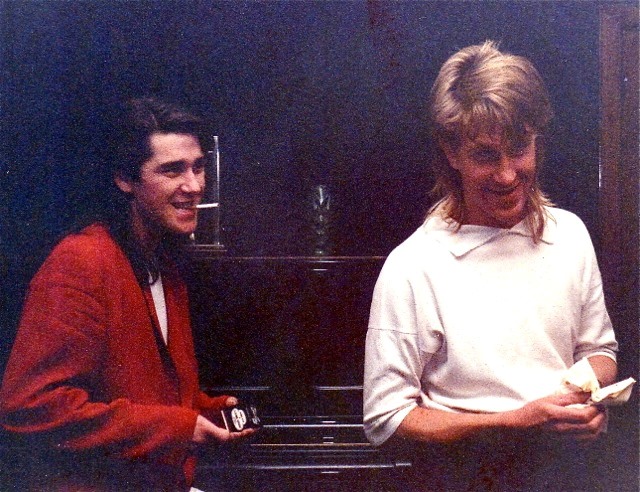
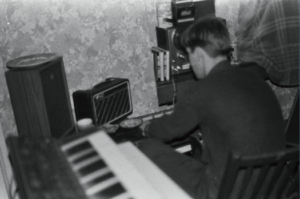
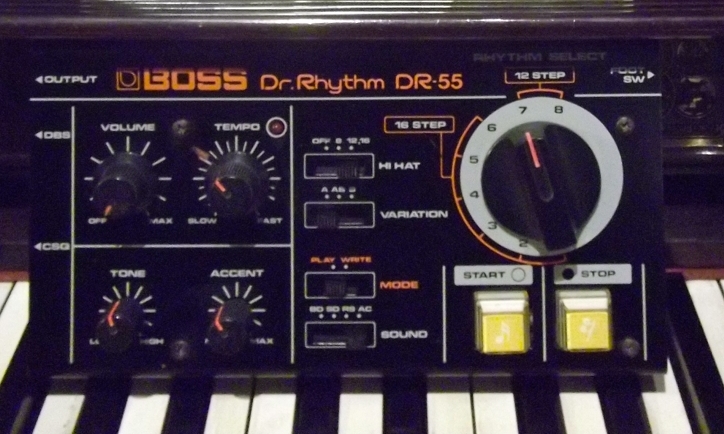
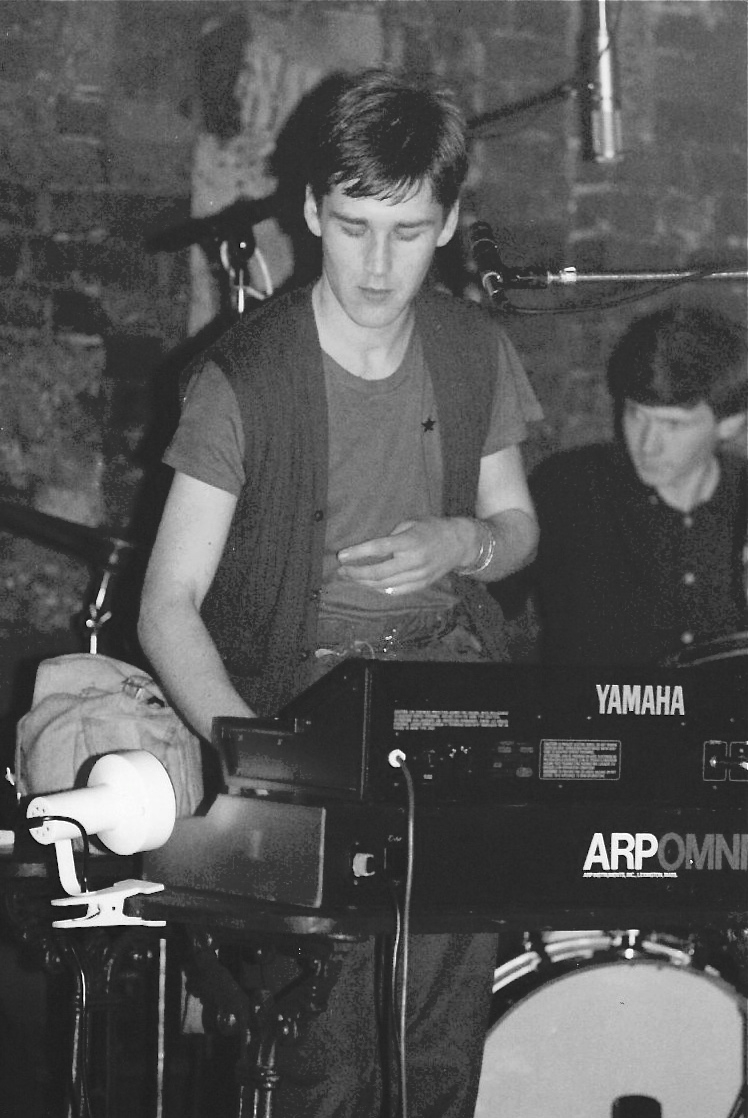
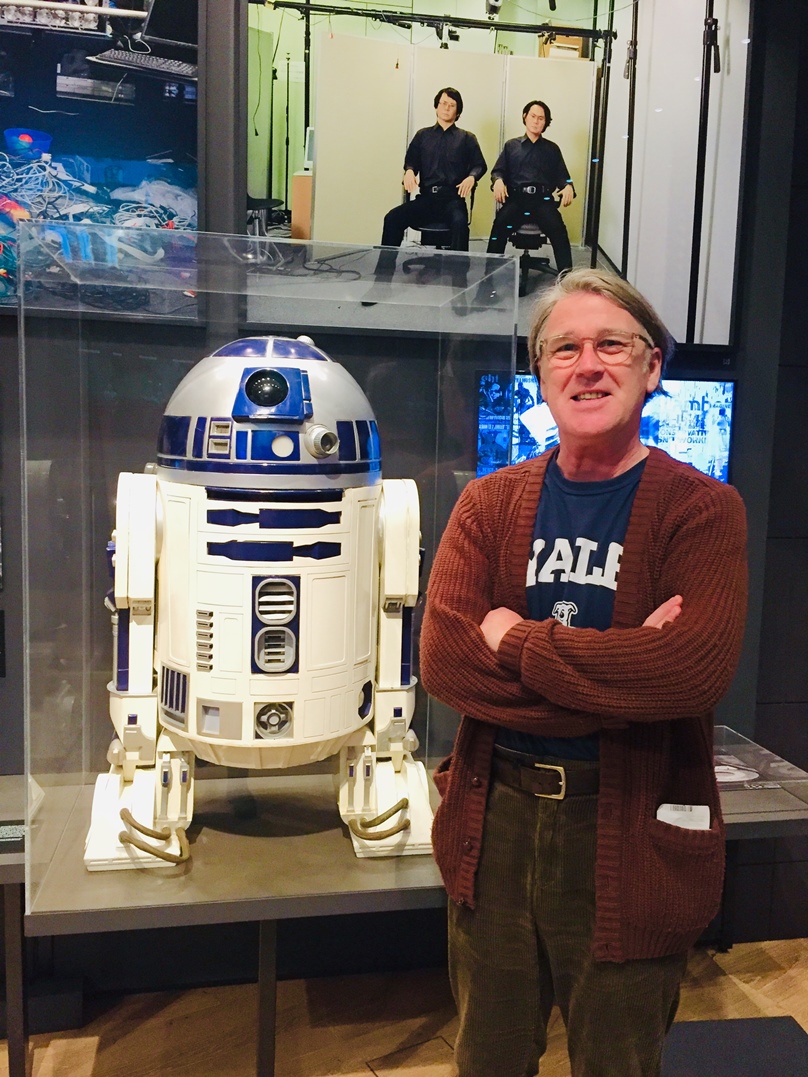
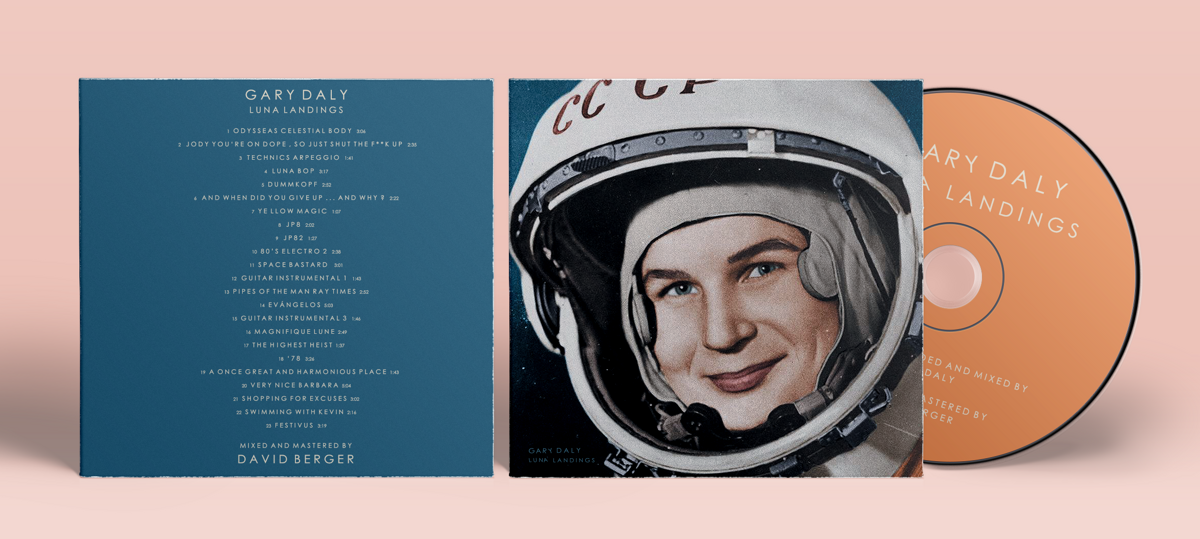

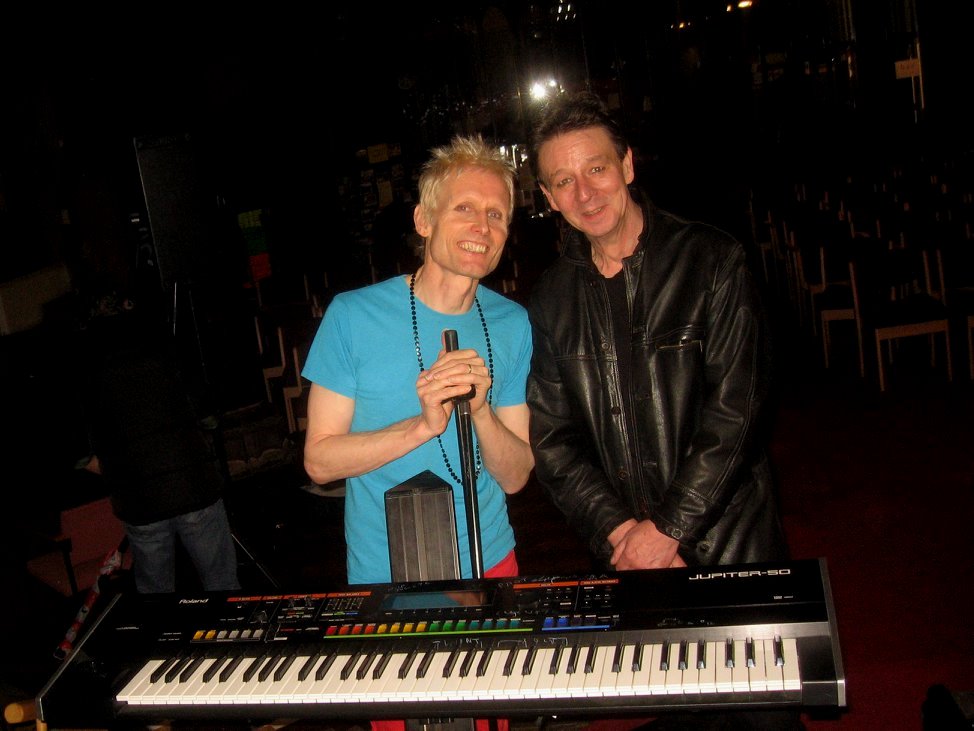
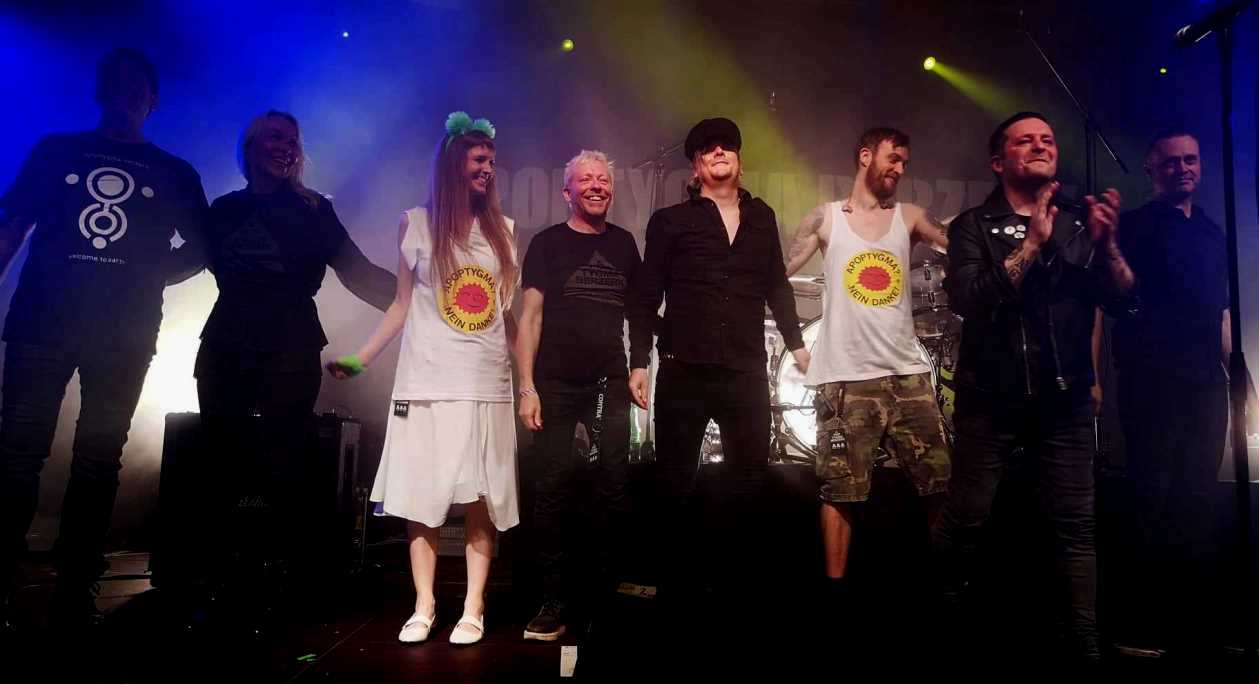
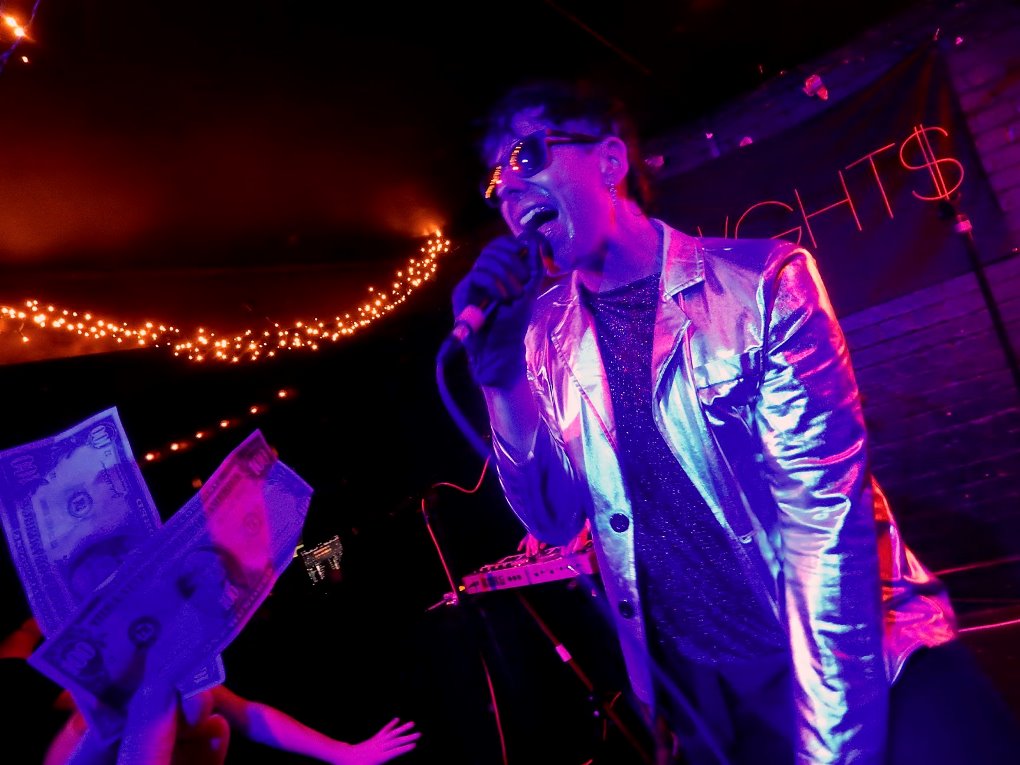

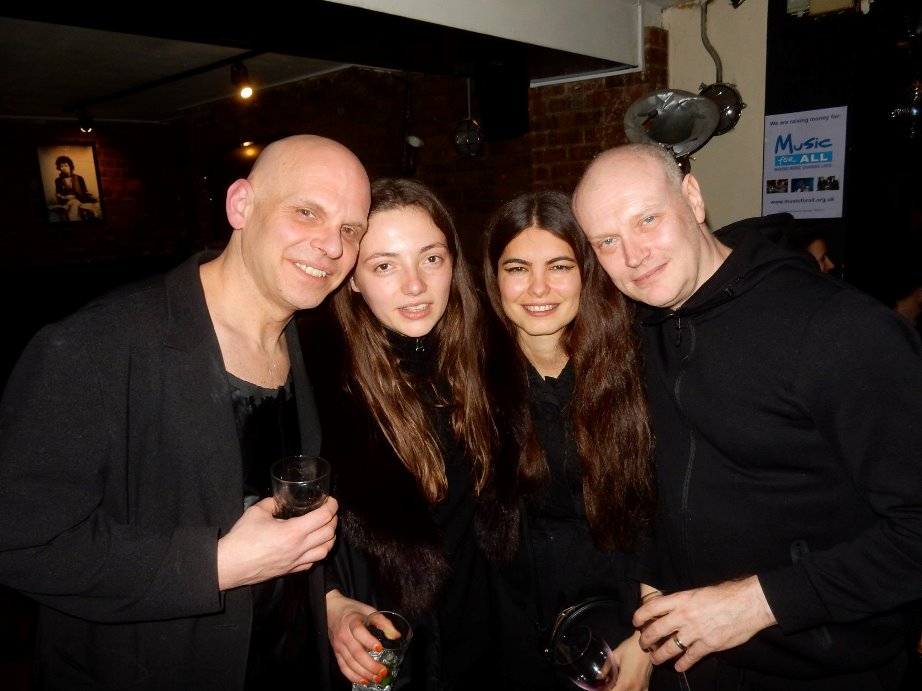
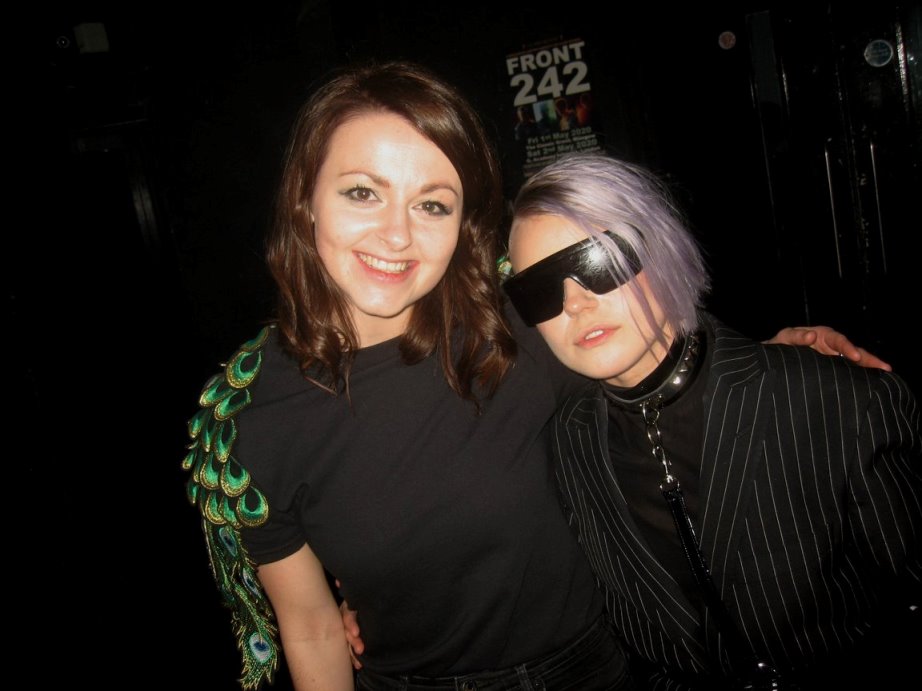


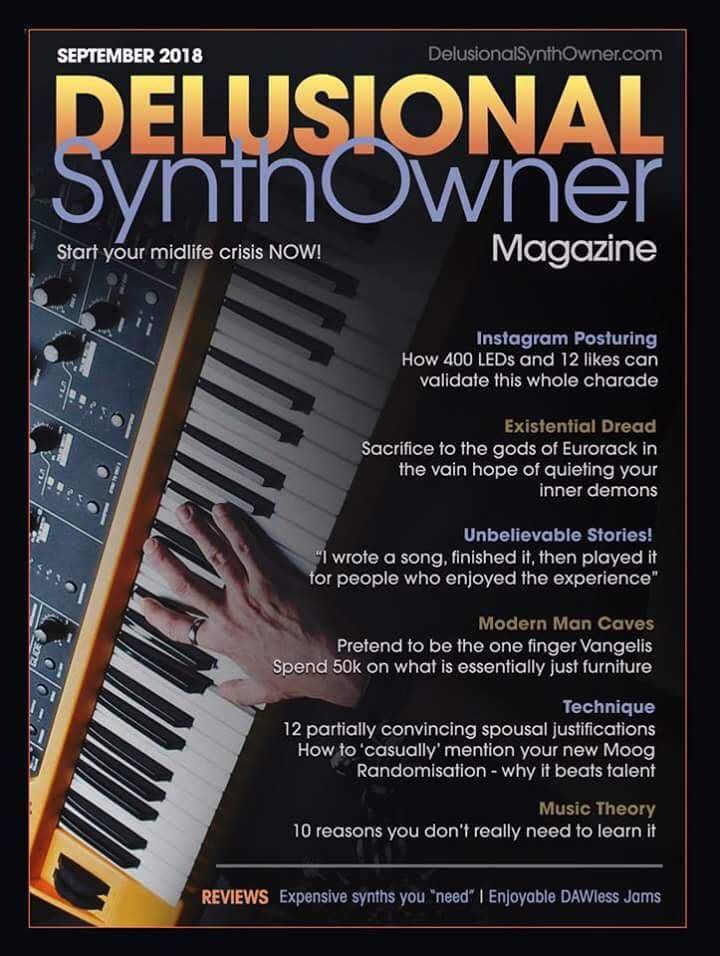
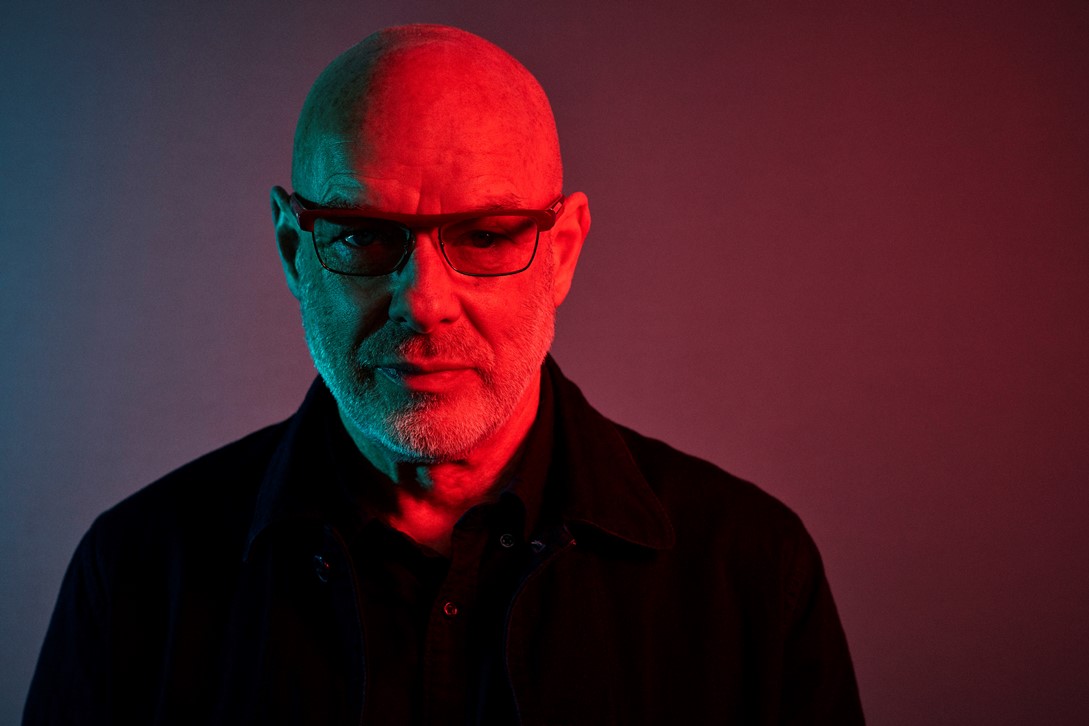
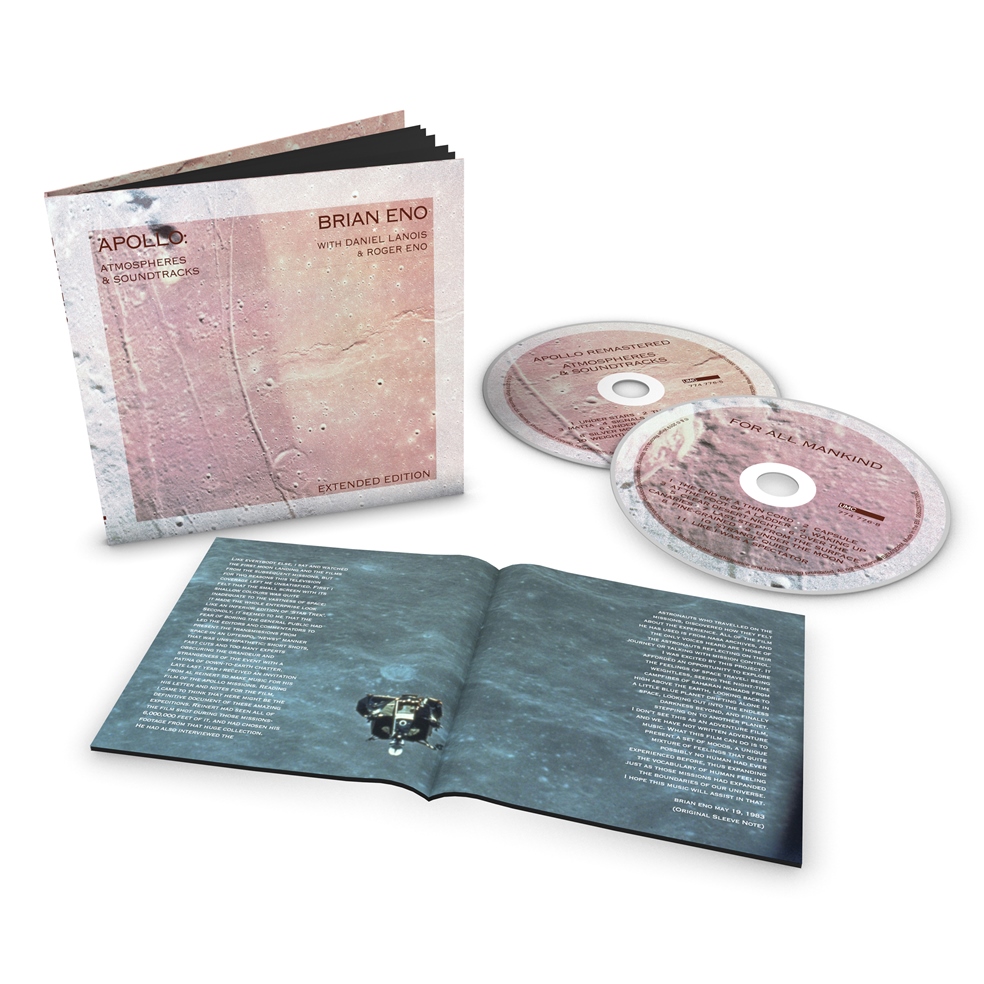
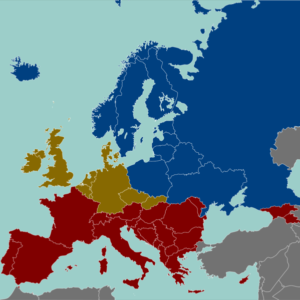
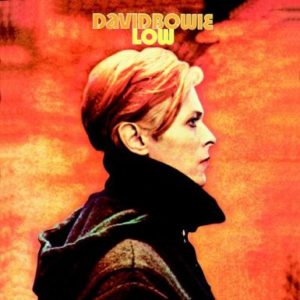
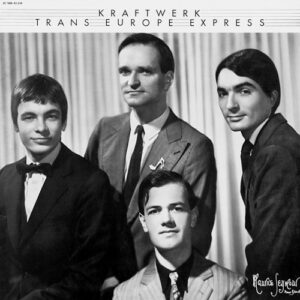
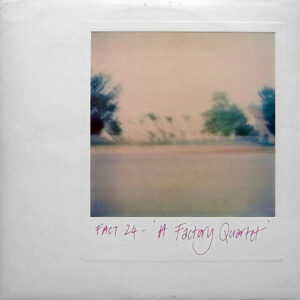
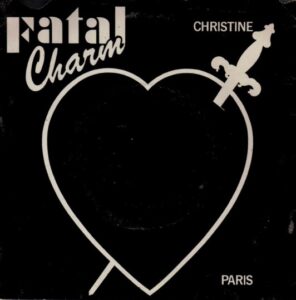
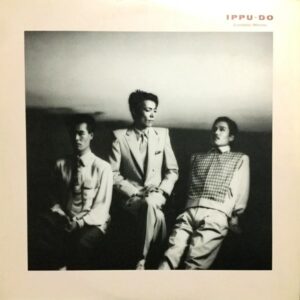
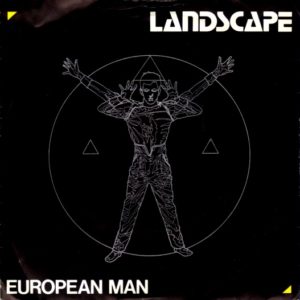
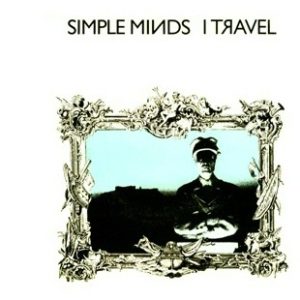
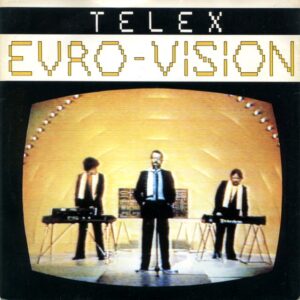
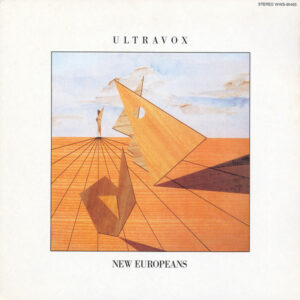

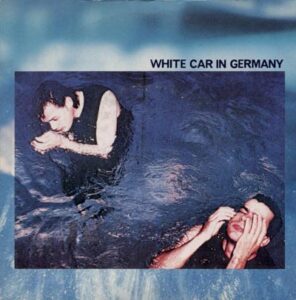
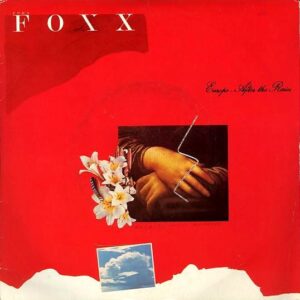
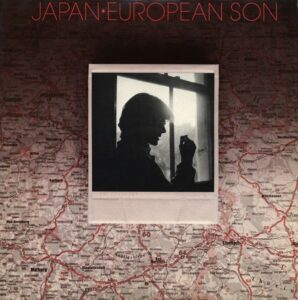
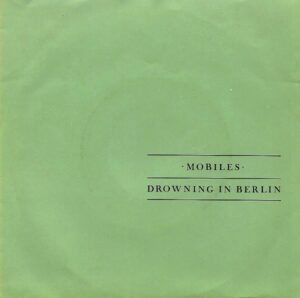

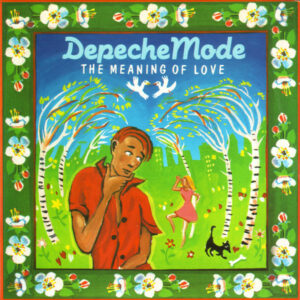
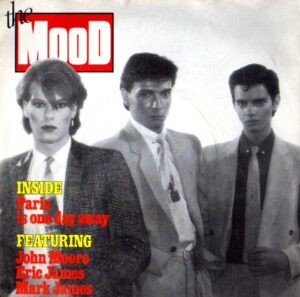
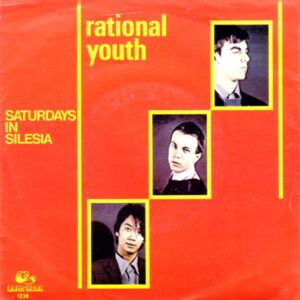
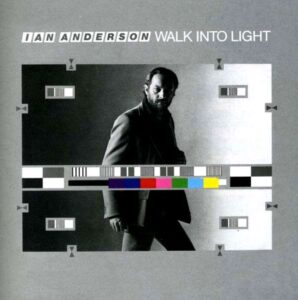
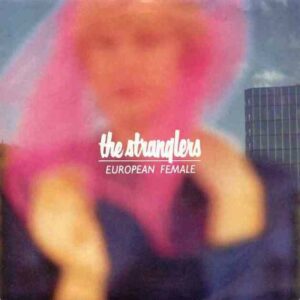
Follow Us!